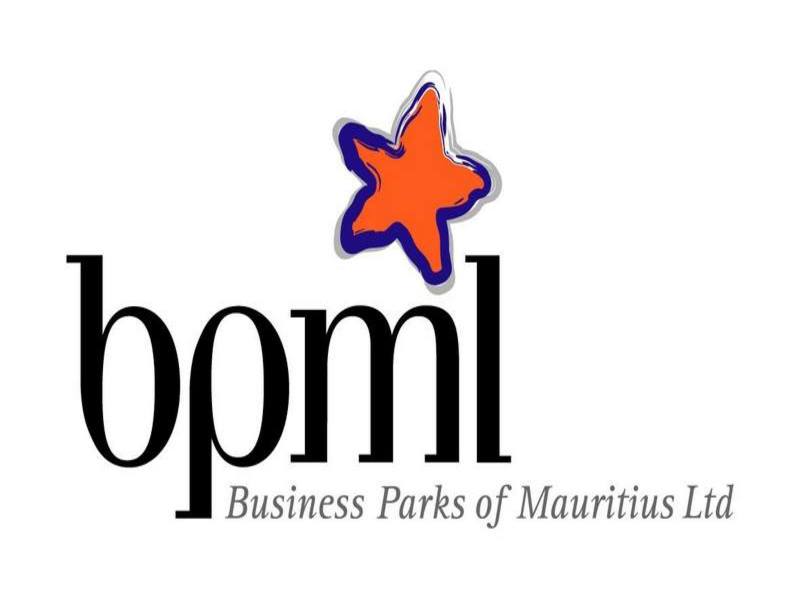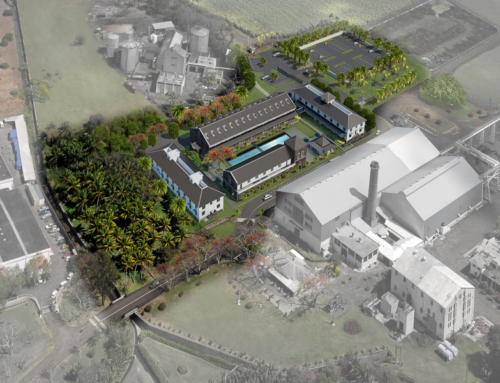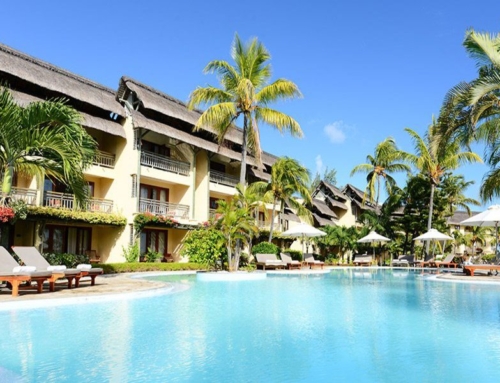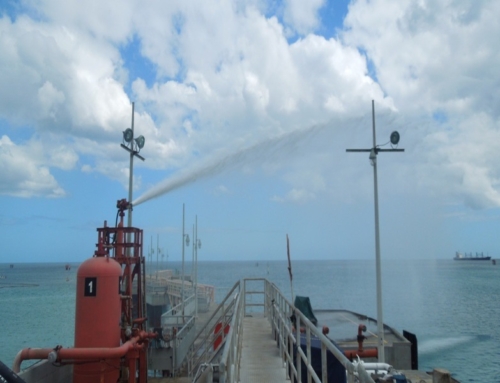Project Description
Inspexa was appointed by Business Parks of Mauritius in October 2013 to review the operation and maintenance (O&M) systems in place at Cybertowers 1 and 2, with the aim of reducing costs while continuing to provide a high quality of service to all tenants. BPML was under pressure to reduce its O&M costs in order to be able to compete with private developments mushrooming in the Cybercity and which were proposing lower rents than BPML.
BPML is a government-owned company created to develop and manage business parks in Mauritius, with the objective of making ICT a key pillar of the Mauritian economy. It provides office space and premises for ICT-related activities across the island to tenants from both the public and private sectors. Its subsidiary, Cyber Properties Investment (CPIL), has been charge of maintaining equipment in the Cybertowers since operations commenced in 2004 and 2006. In 2009, it outsourced the operation and maintenance of these two buildings to a specialist facilities maintenance service provider. CPIL is operating in a fierce and competitive environment and, to succeed, it must provide cost-effective, quality services. For this reason, we were appointed to find sustainable solutions to reduce their costs by at least 35%.
To achieve our client’s aim, we devised a five-step approach. We were required to perform a condition survey of MEP plant and equipment, carry out a building energy audit of the Cybertowers, review current operation and maintenance strategies, evaluate building management and building automation systems, and assess BPML’s in-house Premises and Facilities Maintenance Unit’s resources.
We conducted an assessment of the physical condition of the MEP plant and equipment through observation and functional tests, to determine their life expectancy. The result of the assessment helped to provide recommendations for upgrading equipment at the lowest cost possible.
An energy audit was also carried out through detailed analysis and calculations, and found possibilities of reducing operational costs through reduced energy consumption.
We proceeded with a series of interviews with staff to analyse any shortcomings that existed in the O&M procedures and we proposed potential enhancements that would aid in the optimisation of O&M costs in the future.
We also had sessions with the BMS operators and technicians to understand and assess the level of complexity of the then engineering systems in terms of controls installed and human interaction with these systems. We proposed simplifying the systems so as to reduce the amount of direct labour required to monitor them and thereby lower O&M costs.
We further evaluated the staff and proposed a reshaping of their human resources, as well as advising the client to organise specialised training for them.
Since we provided an implementation action plan and the anticipated savings for each proposal, it became easier for the client to apply our recommendations to achieve BPML’s objective to reduce its O&M costs.










